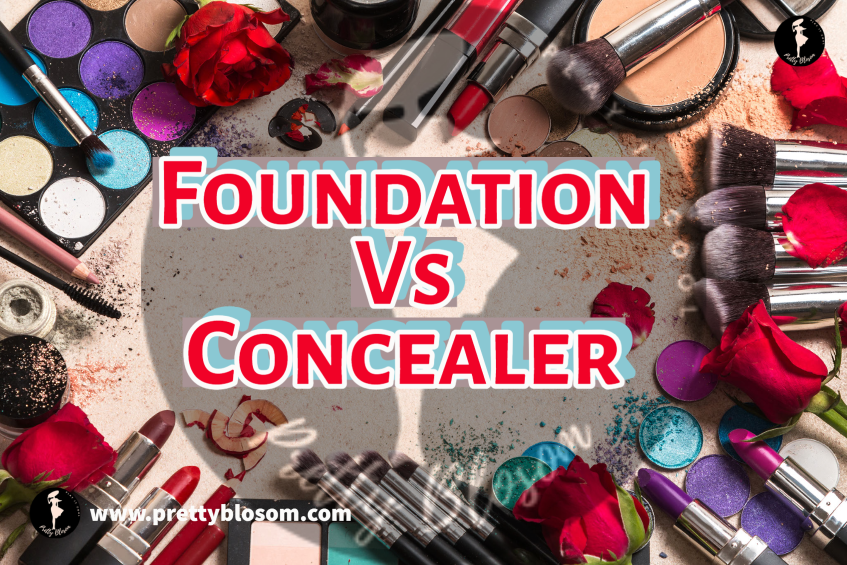In the world of beauty, where foundation and concealer reign as the ultimate must-haves for any makeup artist, the difference between Foundation and Concealer and tips for flawless makeup with foundation and concealer. As a makeup enthusiast or an aspiring artist, understanding the unique features of foundations and concealers is essential for elevating your skills to new heights.
Foundations and concealers are indispensable tools in any makeup artist’s arsenal. The key is to seamlessly incorporate them into your beauty routine. Foundations serve as the base for your makeup, offering various types such as liquid, powder, and cream. By choosing the right foundation for your skin type and desired finish, you can achieve an even skin tone, minimize imperfections, and create a smooth complexion.
On the other hand, concealer acts as a targeted camouflage, specifically for dark circles, blemishes, or redness. Its thicker and more concentrated formula allows for precise application. By strategically applying concealer, you can effectively conceal imperfections, resulting in a natural and polished makeup look.
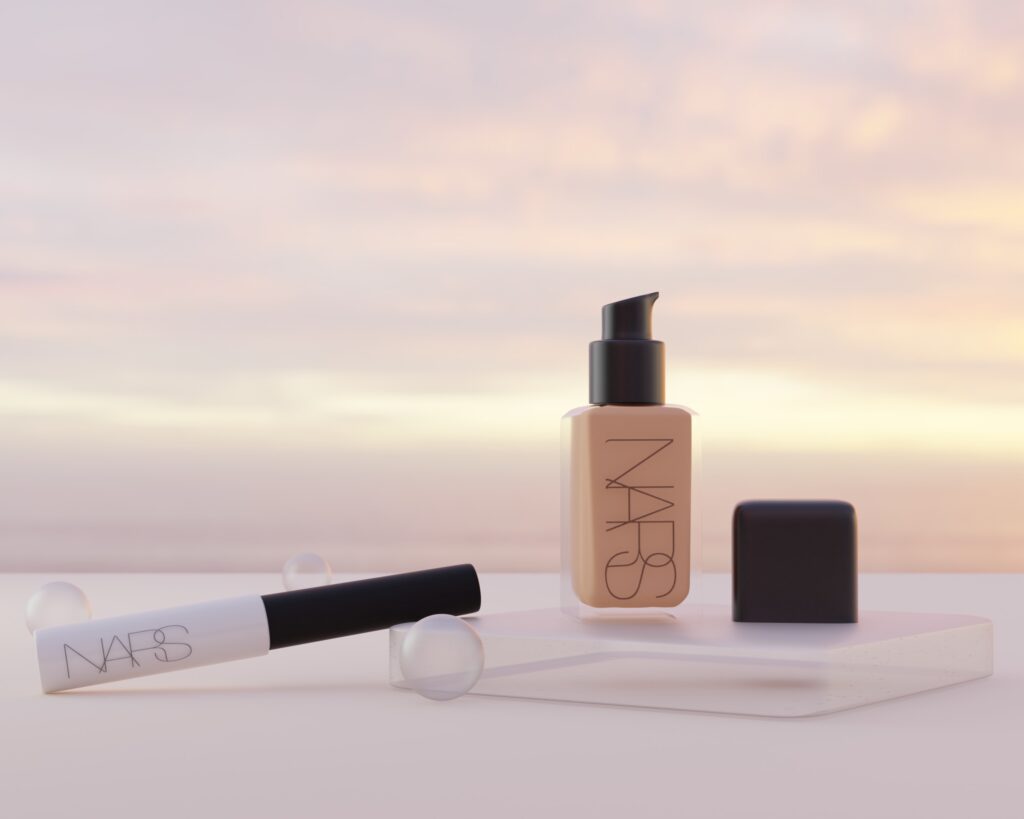
To make the most of your foundation and concealer, it’s crucial to use them correctly. When applying foundation, I recommend using a damp sponge or brush to blend it evenly across your face, ensuring seamless coverage. For concealer, simply dab a small amount onto the targeted area and gently blend it with your fingertips or a small brush to achieve a flawless and undetectable finish.
Choosing the right foundation and concealer for your skin type is also crucial. Pay attention to your skin’s undertones and select shades that match your complexion. Experimenting with different products can help you find the perfect match.
Now that you understand the difference between Foundation and Concealer and how to use them properly, you can enhance your makeup application skills and achieve a professional look. Stay tuned for valuable tips and techniques to blend foundation and concealer seamlessly, allowing you to unlock your beauty potential.
Remember, flawless makeup starts with a solid foundation and a well-concealed canvas. With the right knowledge and skills, you can revolutionize your makeup routine and create stunning looks.
Concealers can only be used to cover imperfections. It is applied to the entire face to balance the skin tone.
When it comes to concealer and foundation, the most significant difference lies in their formula. As the title suggests, concealer is specifically designed to cover imperfections and dark circles. Unlike foundation, it comes in a smaller tube and is not intended for use on the entire face.
Concealers have a higher concentration of pigmentation and a denser formula compared to foundations. Now that we’ve covered the primary distinction, let’s delve into the specifics.
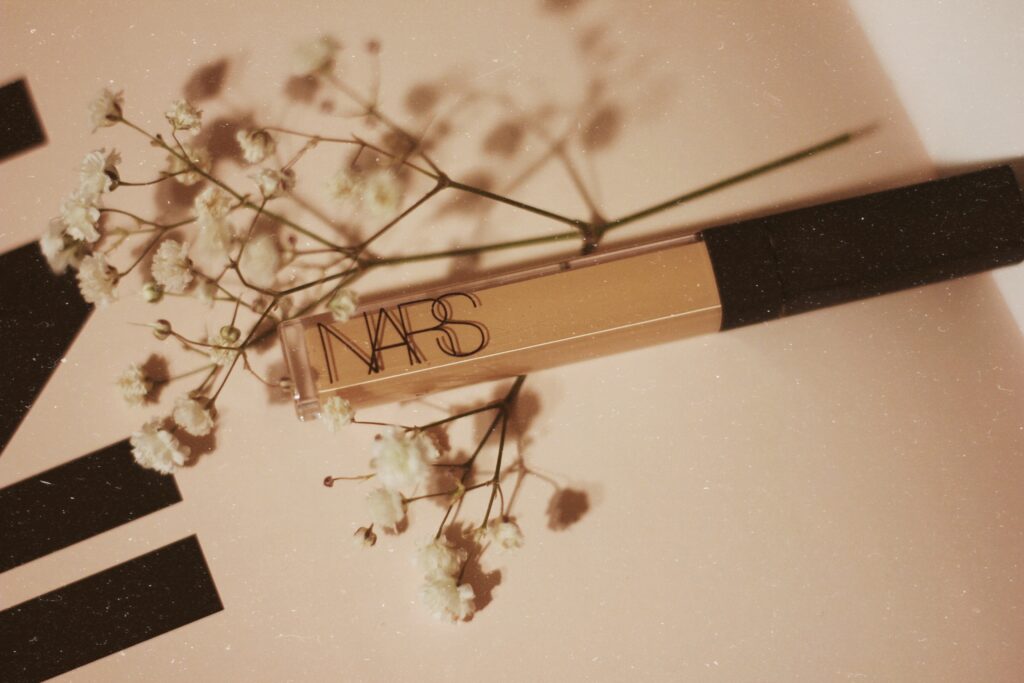
Although both concealer and foundation serve the purpose of covering skin imperfections such as blemishes, they don’t necessarily have to be used together. Let me provide you with an example to illustrate this point.
Imagine someone dealing with hyperpigmentation in specific areas of their skin. Instead of applying concealer all over the face, which may result in a cakey appearance, they can opt for a lighter coverage foundation to even out the complexion. Following this, they can apply concealer only to the dark areas that the foundation couldn’t sufficiently cover. This technique creates a natural-looking finish and allows for a reduced amount of concealer usage.
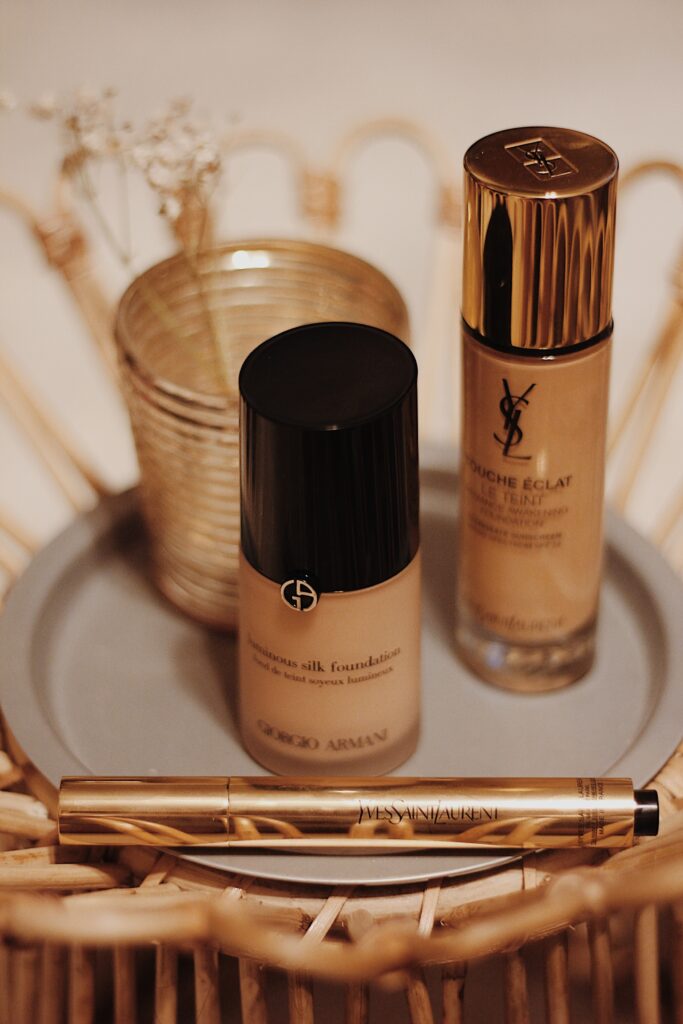
By understanding the unique roles of concealer and foundation, you can optimize your makeup routine to achieve a flawless look. Experimenting with different techniques will help you find the perfect balance and enhance your natural beauty.
The key takeaway is that concealer and foundation have distinct purposes and formulas. While they can be used together, it’s not always necessary. Tailoring your approach based on specific needs will result in a more seamless and natural appearance. Stay tuned for more tips and tricks on how to perfect your makeup routine.
What is a Foundation?
As a makeup enthusiast, I understand the importance of flawless foundation in any makeup routine. The foundation is a versatile and essential product designed to be applied to the entire face. It serves as the base for your entire makeup look, creating a smooth canvas and minimizing the visibility of imperfections such as dark spots, blemishes, and redness.
The foundation acts as the building block for your makeup, allowing all other products to blend seamlessly over it. By providing a uniform skin tone, it creates a smooth surface for the application of blush, bronzer, eyeshadow, and other cosmetics.
When choosing a foundation, it’s essential to consider factors such as skin type, coverage needs, and desired finish. Whether you prefer a liquid, powder, or cream formula, the right foundation can enhance your natural beauty and give you the confidence to shine.
Incorporating foundation into your makeup routine is a surefire way to achieve a polished and professional appearance. By smoothing out your skin tone and concealing imperfections, the foundation sets the stage for a flawless makeup look that lasts throughout the day.
So, whether you’re getting ready for a special occasion or simply want to enhance your everyday beauty, don’t forget the power of a high-quality foundation. It’s the key to creating a flawless complexion and unlocking your true beauty potential.
There are a variety of formulas for foundations:-
Liquid foundations:
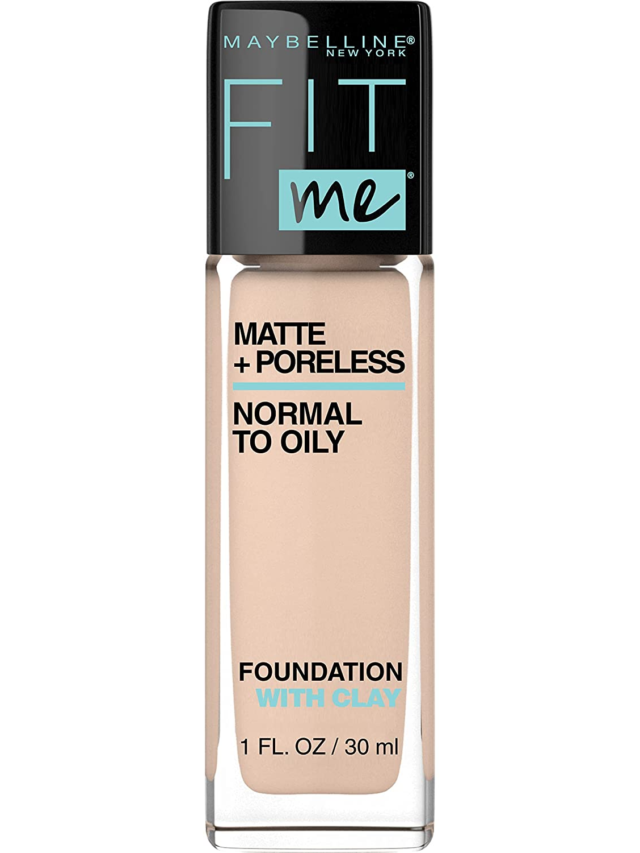
The foundations are available in a liquid formulation. Silicone-based foundations are the most well-known of this kind of foundation; however, there are water-based liquid foundations. These foundations offer the appearance of full or light-coverage on the surface. They are made to blend seamlessly into skin with the use of brushes, makeup sponges, or even your fingers. The liquid formula is among the most sought-after foundations. It is a light formula that blends effortlessly into the skin.
Powder foundations:
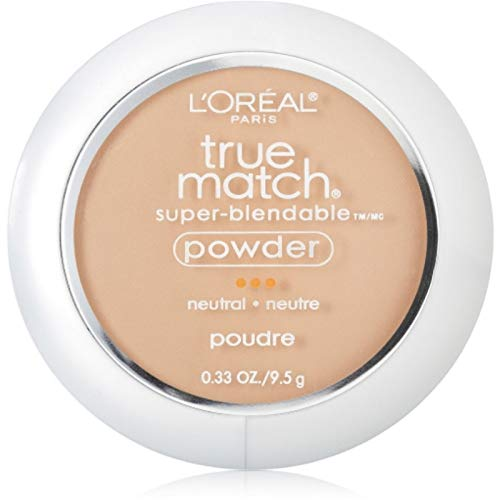
These foundations are available in either pressed or loose powder formulations. They are light and could contain oil-absorbing properties that are ideal for those who have oily skin. Certain foundations for powders come with the appearance of silk, giving skin a gorgeous, natural look with minimal makeup. To learn more, read these foundations that are suitable for older skin.
Cream foundations:
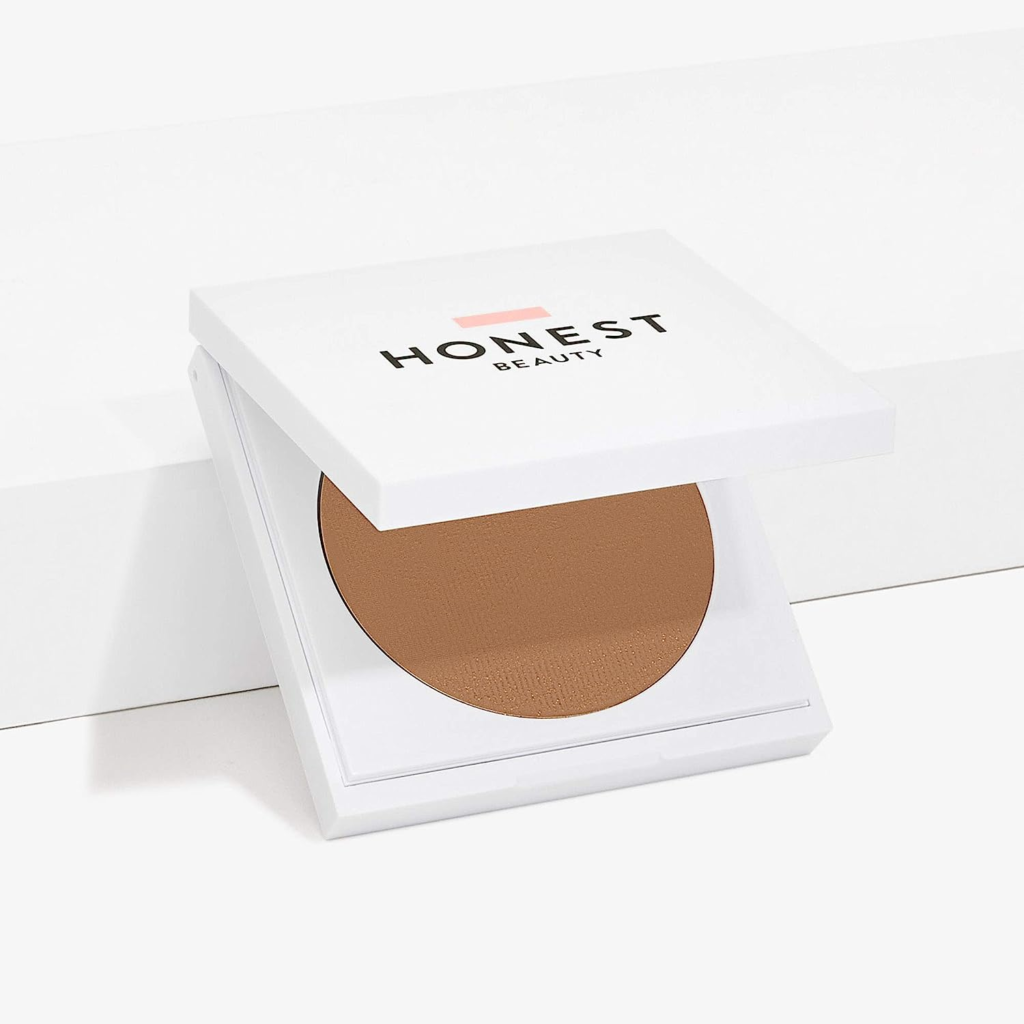
These foundations are made with a thicker formulation and are typically much more pigmented than liquid or powder foundations. The main difference between powder and cream foundations lies in the texture and the kind of coverage. Cream foundations are great for covering acne, pimples, or any prominent discoloration.
Stick Foundations:
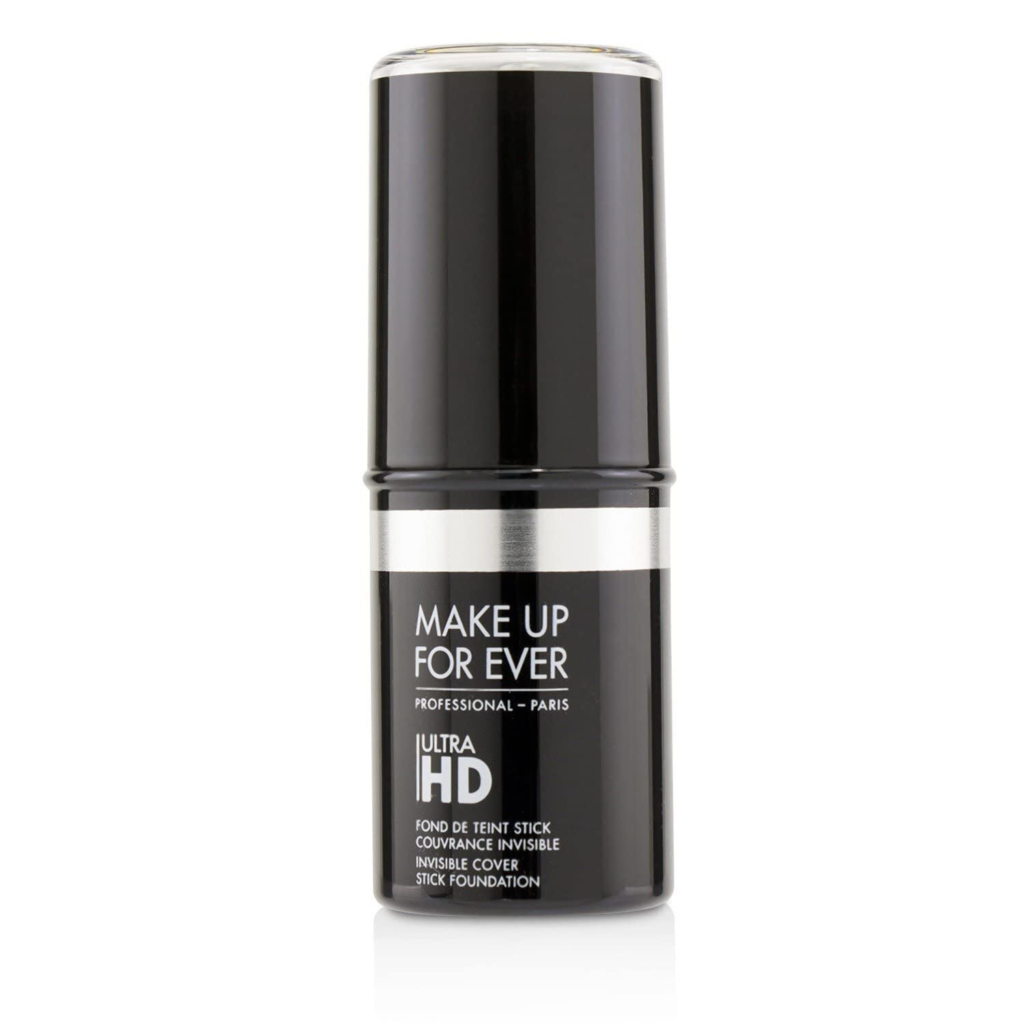
The foundations can be packed in tubes, making them easy to take with you everywhere. They come with a rich and creamy formulation that offers all-over coverage to the skin.
BB cream:
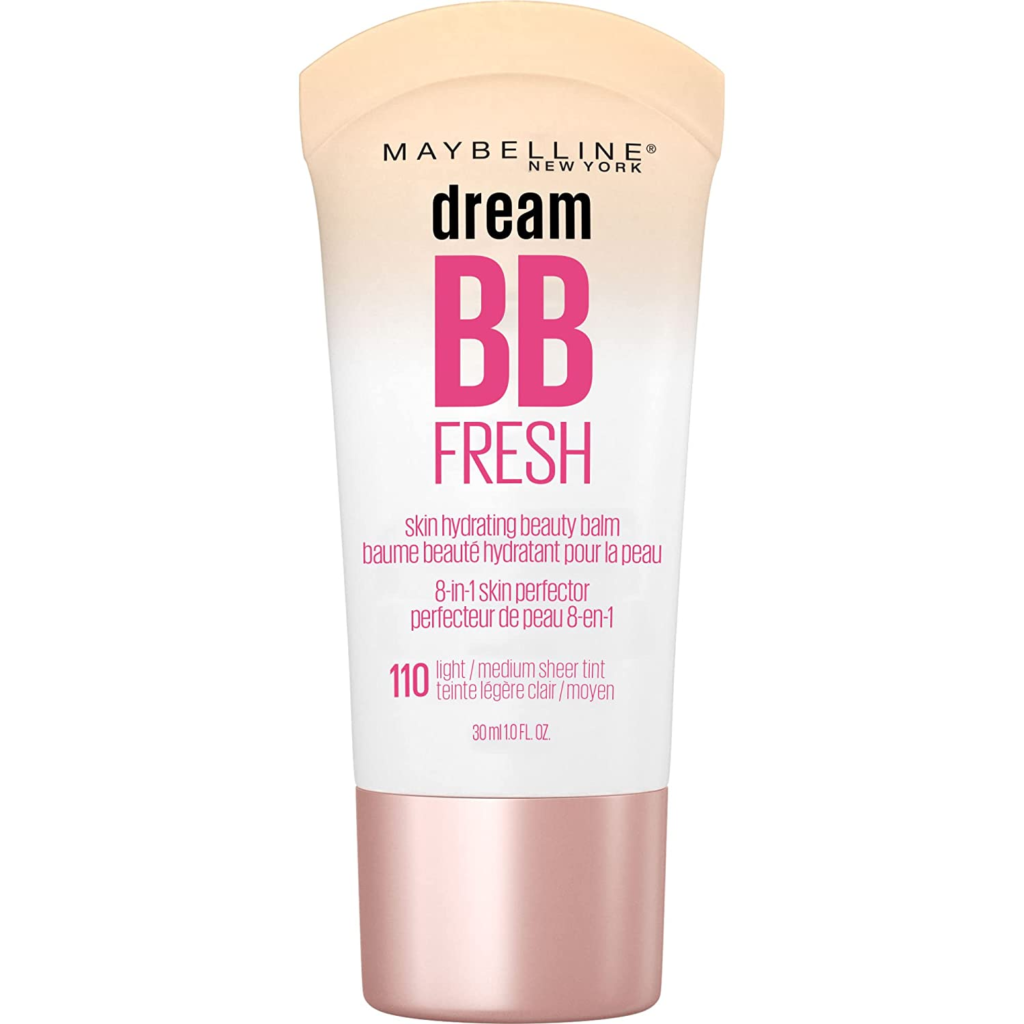
“BB” stands for “beauty balm’. This creates a makeup base with a thin coverage that also has benefits for skin, like SPF. It has a lighter formulation than foundations, but they’re more heavy than tinted moisturizers.
CC cream:
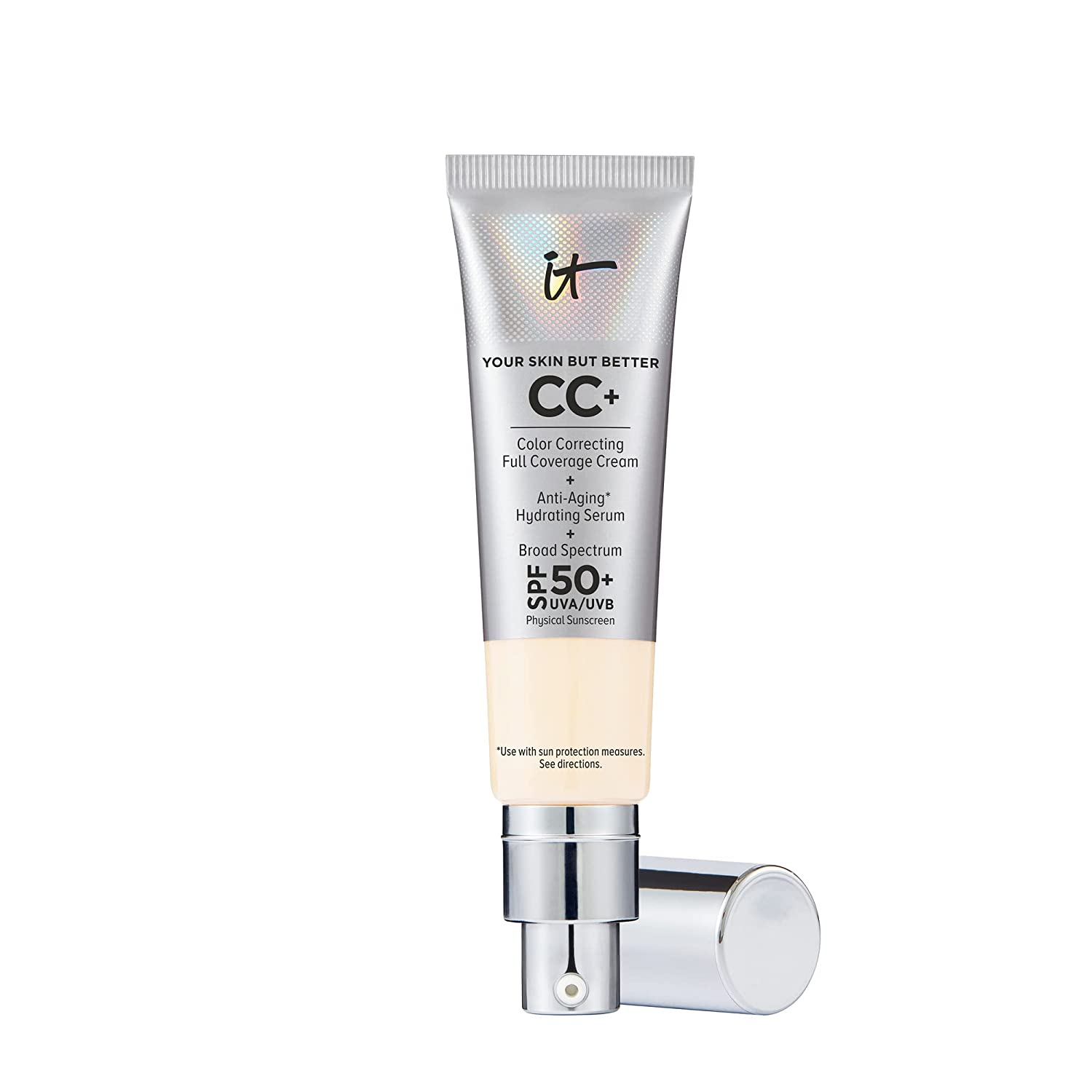
The word CC means for “color correction,” which means that a cream containing CC is intended to correct the color of skin discolorations or redness. It can also be used as the CC cream as a color-correcting primer. To get a better understanding of the effect on the effects of a CC Cream, check these before and after images.
It’s not easy to select a color or shade of CC Cream since there aren’t enough shades to choose from.
Foundations are available in a variety of shades to fit every skin tone. There are a variety of tests you can take to find your perfect shade to match. Select a foundation with the exact shade and undertone that your skin tones for a natural appearance.
Foundations provide a range of different coverage choices. Based on the needs of your skin you can pick from sheer or medium and full-coverage foundations.
Foundations with a high coverage give the skin a natural appearance. They’re not intended to conceal any major imperfections, but they can provide the skin with a uniform appearance. They’re simple to blend and they’re a great alternative for a natural everyday appearance.
Foundations with full coverage are much more shaded. They offer greater coverage and provide smooth skin finish. They are ideal for photoshoots and special occasions.
Foundations are available in a variety of types of finishes such as matte, dewy, velvet, satin ….
Every finish is appropriate for a particular kind of skin. For instance satin and matte foundations are suitable for oily skin while dewy and matte foundations are best on dry or dry skin.
There is no need for everyone to use foundation, and it's all based on the skin type you have.
What is Concealer?
As a makeup enthusiast, I’m well aware of the power of concealer when it comes to covering imperfections on the face. Unlike foundation, concealer is specifically designed to target and conceal specific areas that may not be effectively covered by foundation alone. This makes concealer an essential tool in achieving a flawless complexion.
It’s important to note that concealer should not be used to cover the entire face. Its purpose is to provide extra coverage to areas such as under the eyes to hide dark circles or to address skin discoloration. For a brighter effect on the under-eye area, opt for an eye concealer that is just one shade lighter than your natural skin tone. Another type of concealer worth mentioning is the color corrector.
This specialized concealer is used to counteract specific skin discolorations. Each color corrector targets a particular hue and is able to cancel out the unwanted undertones. For instance, a green color corrector can be used to neutralize redness, while a peach or orange corrector can counteract dark spots or hyperpigmentation.
Concealer is a versatile tool that allows you to target and conceal specific imperfections on your face. By using concealer strategically in conjunction with foundation, you can achieve a flawless and even complexion. Experimenting with different shades and formulas will help you find the perfect combination to enhance your natural beauty.
Color correctors are available in different colors such as:
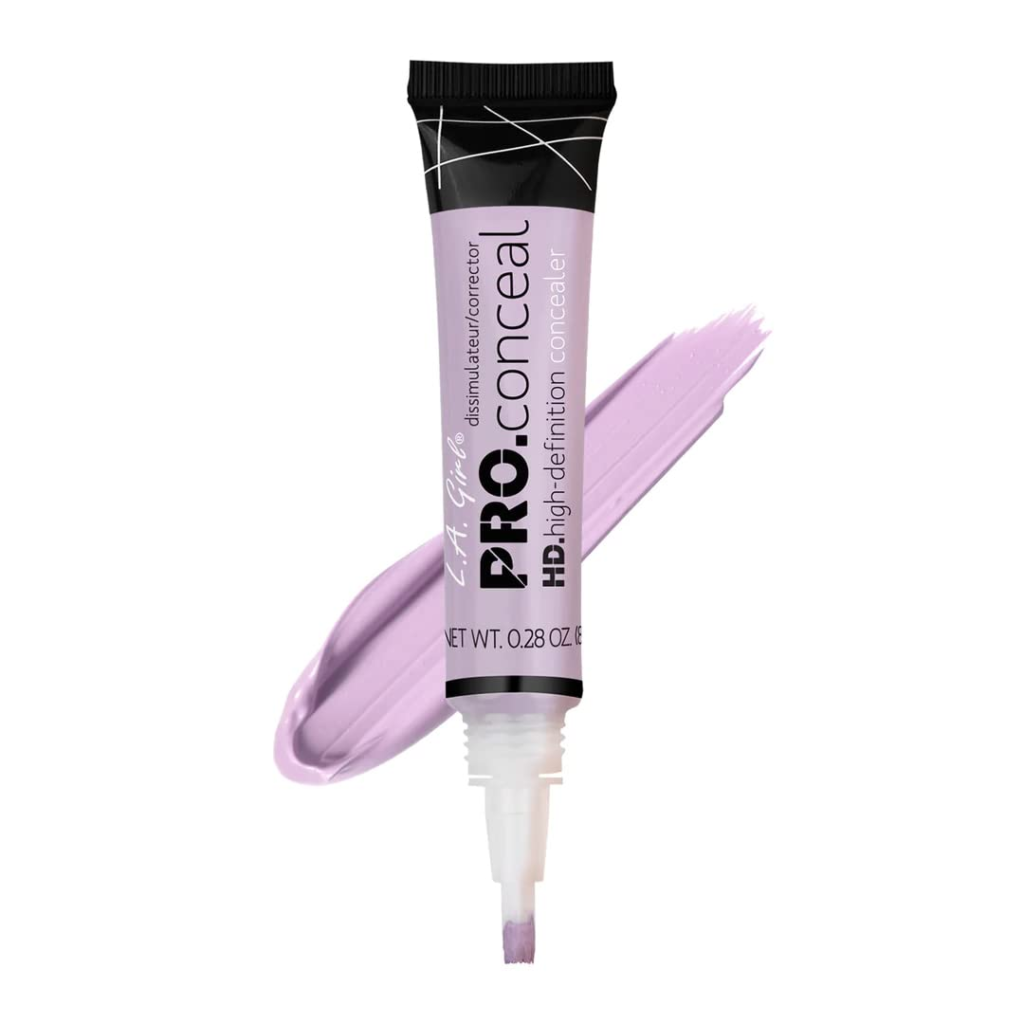
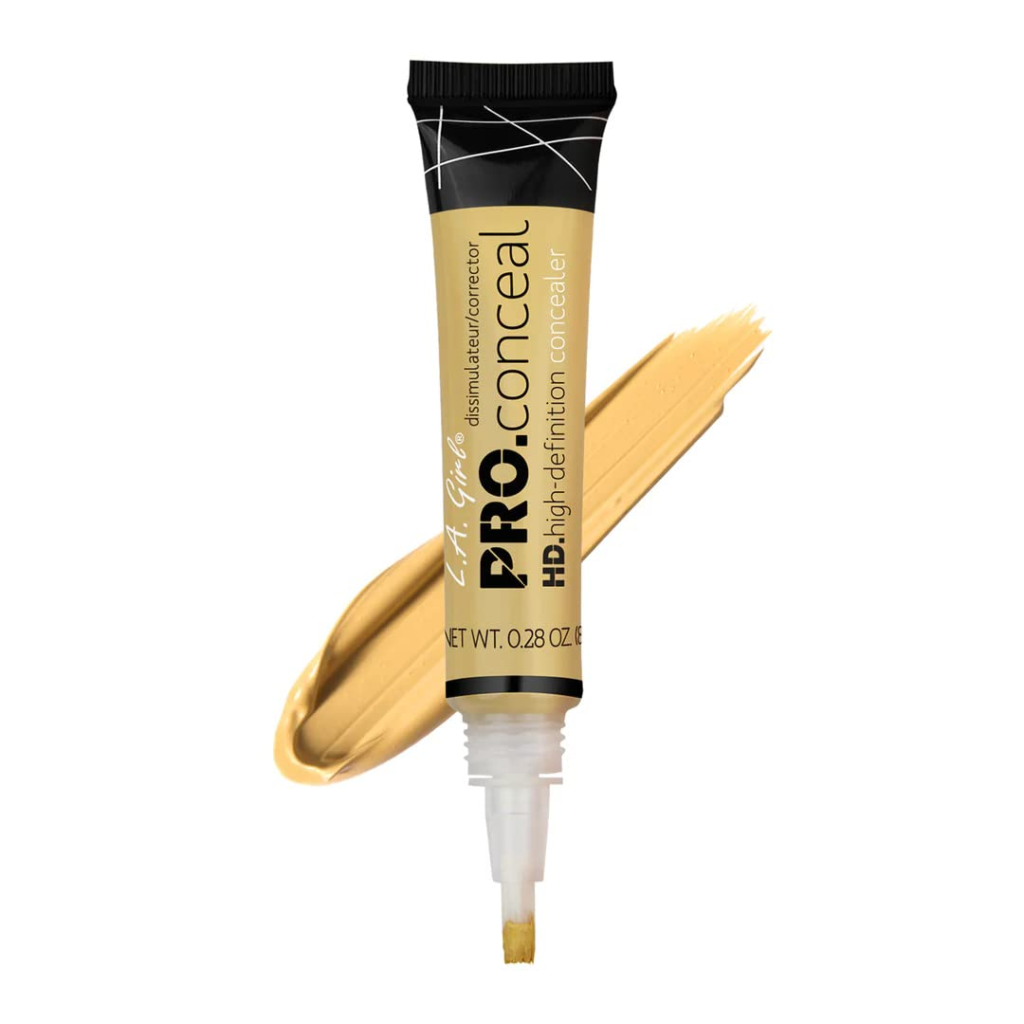
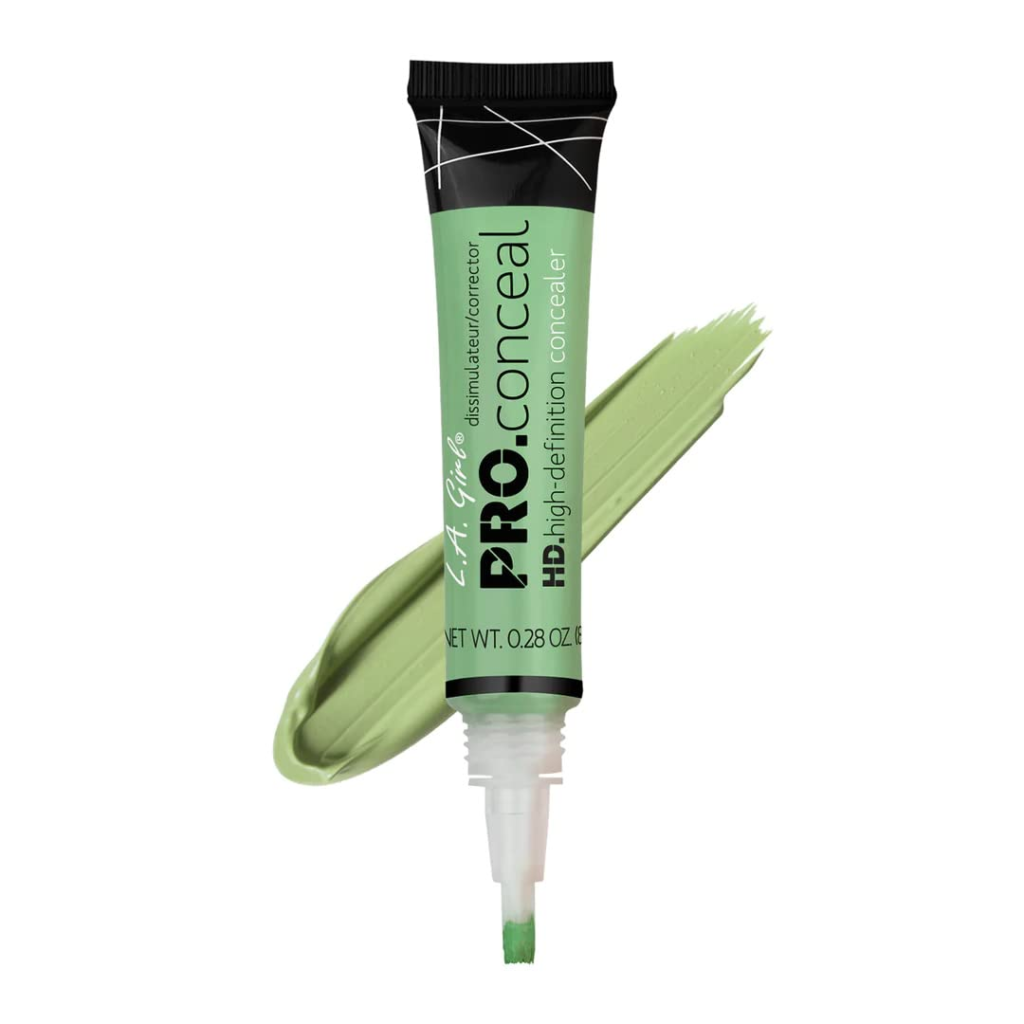
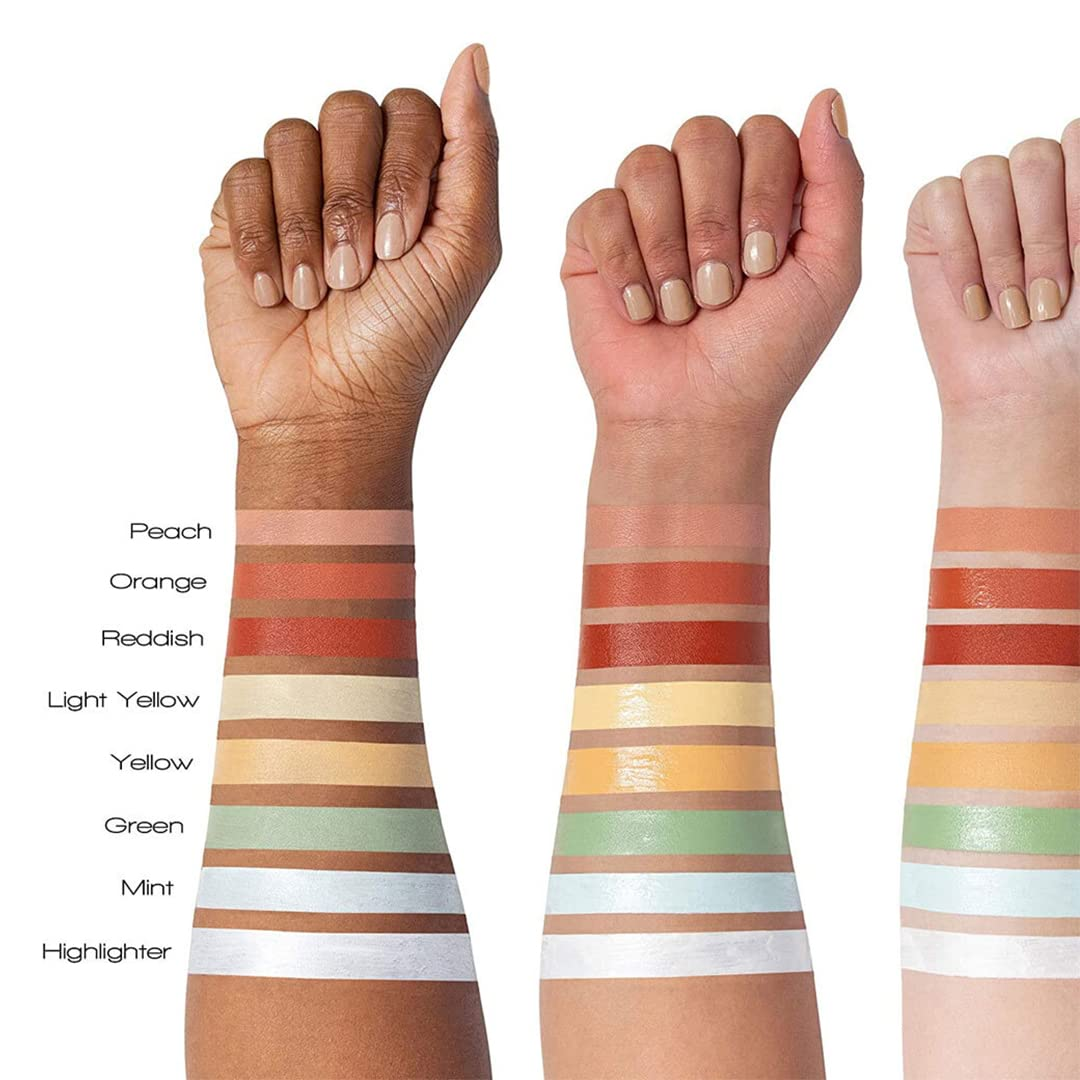
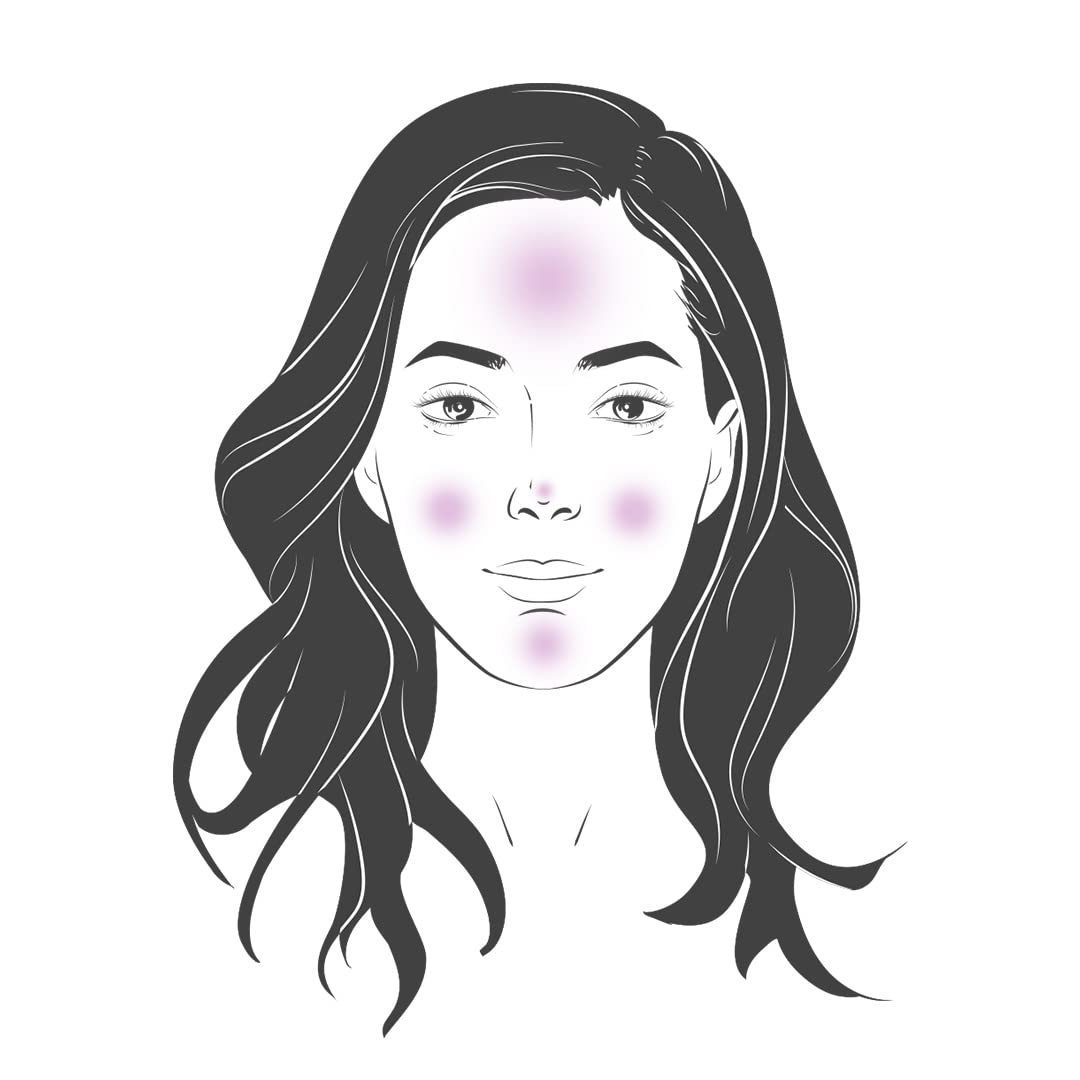
| Green | It hides redness and rosacea |
| Purple | Neutralizes yellow undertones |
| Yellow | It hides dark circles and brightens light and dark skin tones |
| Pink | It hides dark circles and brightens fair skin tones |
| Peach | Neutralizes dark circles and gray spots |
Concealers come in different formulations, including cream, liquid, or sticks.
Liquid concealers:
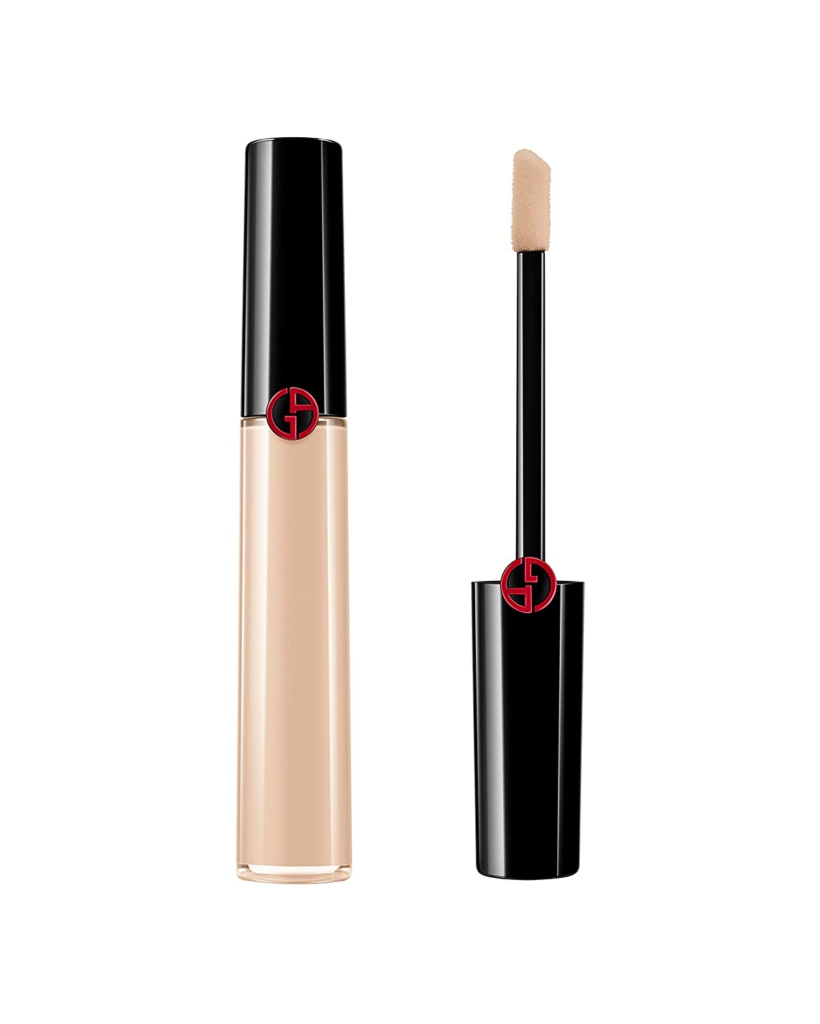
Liquid concealers are the most sought-after. They are available in a variety of shades. Therefore, finding the right one will not be difficult. They’re also easy to apply since they are applied with the Doe-foot application. One example of liquid concealers is the Revlon PhotoReady candid concealer. It features a doe-foot that allows for precise application. It’s also sold in 18 colors.
Cream concealers:
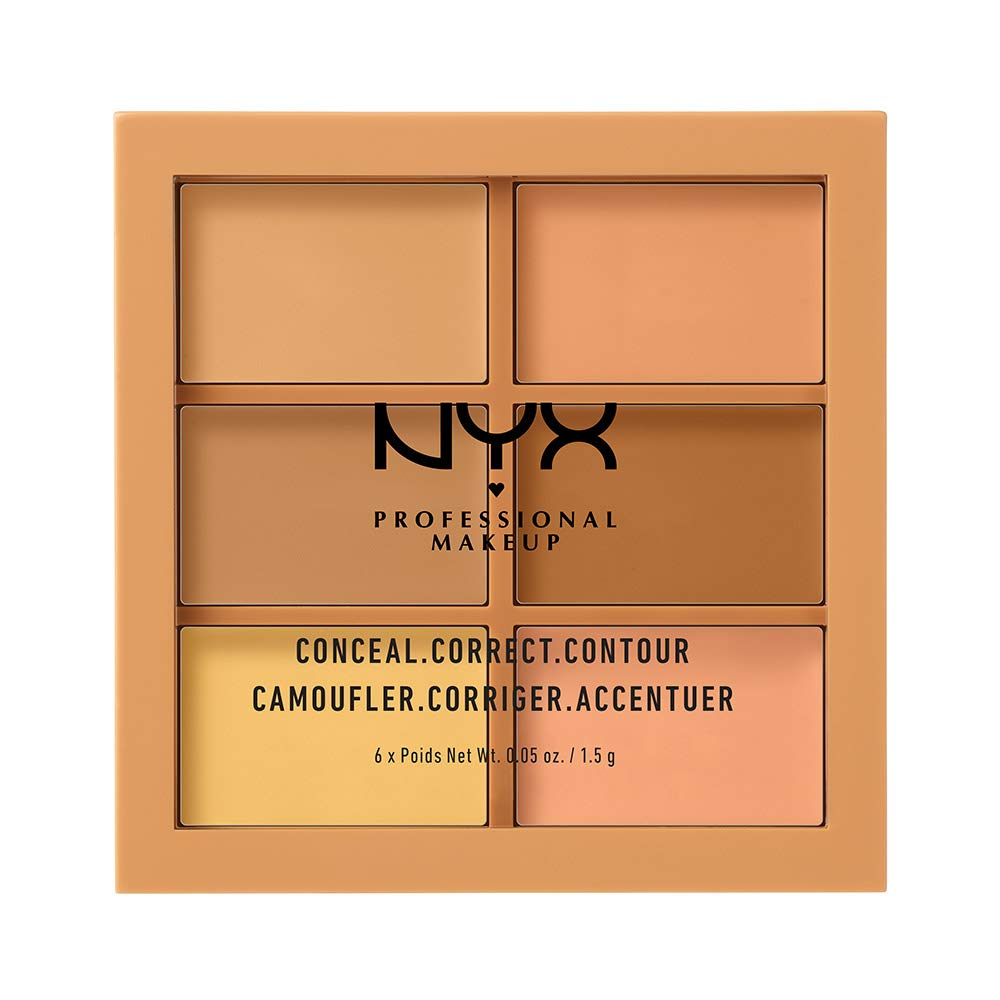
Cream concealers are available in compact and sleek. They are thicker in texture and provide more coverage. Because of their formulation, cream concealers can be dry on the skin, so be sure to apply a moisturizer to your skin prior to applying.
Stick concealers:

Stick concealers are more dense in consistency of liquid concealers. They provide the skin with an even, matte appearance that makes them ideal for concealing oily skin. They are packaged in a tube package that makes them ideal for taking on trips or for touch-ups while on the move.
Concealers can be mixed by using fingers or sponges
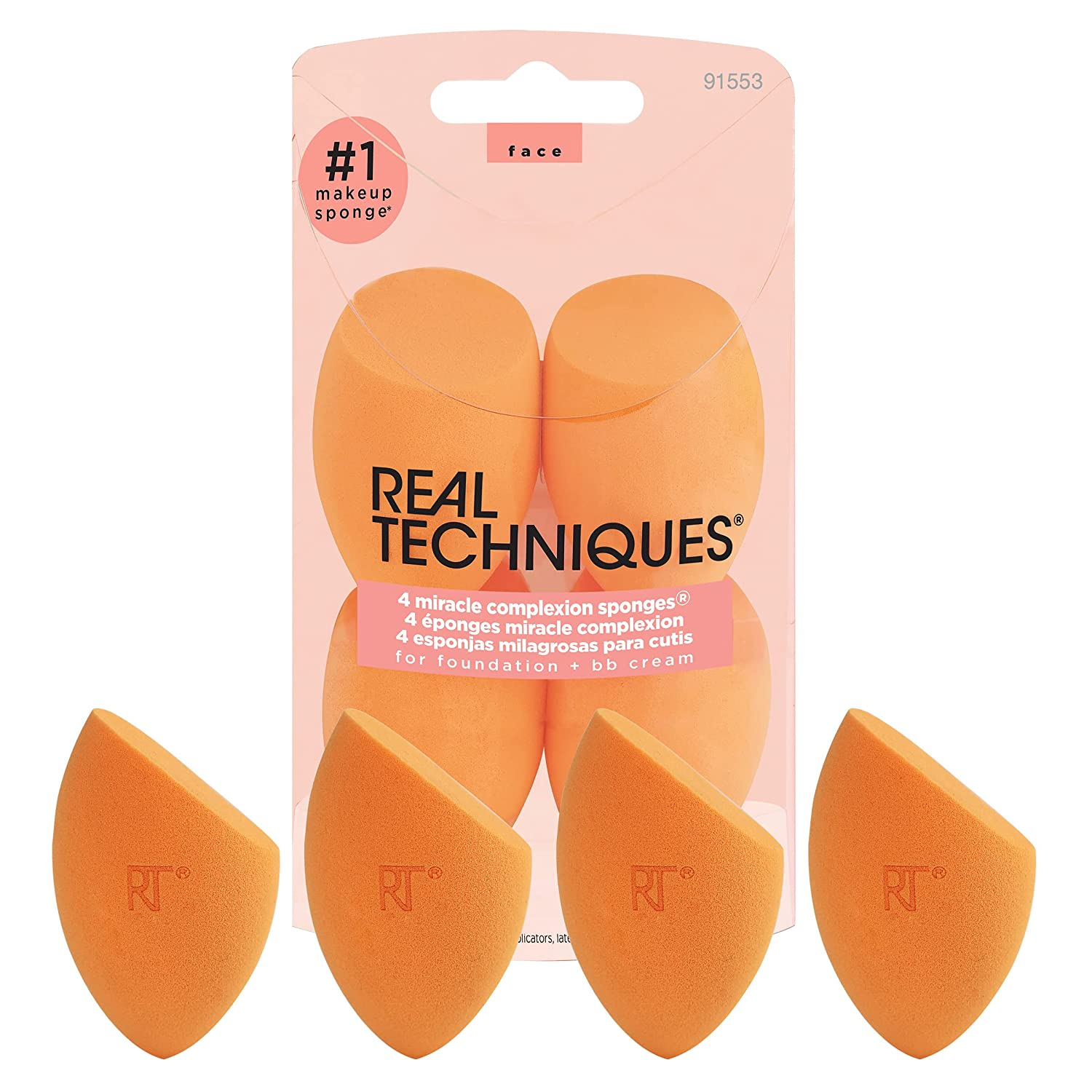
Clean makeup sponges provide the face with a natural finish and help absorb any excess product. If you are choosing the color of your concealer, make sure you pick the same shade as your skin tone or pick a shade lighter. Picking a light shade will make your concealer look dull and ashy. Choosing the wrong shade will make your concealer appear like it’s orange. For a smooth, wrinkle-free appearance, blend your concealer in a hot pan before mixing.
Does concealer apply either before or after the foundation?
When it comes to makeup application, properly applying concealer and foundation is crucial to avoid an uneven and cakey appearance. As a makeup enthusiast, I understand the importance of using the right technique to achieve a flawless look. Let me guide you through the correct process to ensure a seamless and long-lasting makeup application.
The foundation serves as the base for any makeup look. It is essential to apply your foundation first before moving on to concealer. Applying concealer prior to foundation can make it challenging to achieve a smooth and even finish. When concealer is applied under the foundation, it may separate or move when blended with the foundation, resulting in an inconsistent look.
For the most effective application, it is recommended to apply concealer after the foundation. You can use a brush for precise application or apply it directly from the bottle. By following this sequence, you can ensure that the concealer blends seamlessly with the foundation, providing targeted coverage where needed.
To enhance the longevity of your makeup, it is beneficial to use a primer before applying foundation. This creates a smooth base for both the foundation and concealer to adhere to. Additionally, using powder to set your concealer and foundation can increase the longevity of your makeup. Depending on your skin type and preference, you can choose between loose or pressed powder.
It’s important to note that the only time you should begin with concealer is when using a color corrector. If you have pronounced dark circles or redness, applying a color-correcting concealer before foundation can help even out the skin tone. After applying the corrector, you can then apply a thin layer of foundation to further lighten the skin tone. If needed, you can add a second thin layer of concealer for additional coverage.
When using powder foundation, it is best to apply concealer before the foundation. On the other hand, for liquid foundations, it is recommended to apply the foundation first. This order of application ensures a smooth and seamless blending of the products.
By following these guidelines, you can achieve a flawless makeup application with a natural and even finish. Remember to experiment and adapt these techniques based on your skin type, preferences, and specific makeup needs.
Should I use foundation or concealer?
When it comes to achieving different makeup looks, the choice between concealer and foundation plays a crucial role. Depending on the style you’re aiming for, each product has its unique benefits. Let me guide you through the decision-making process and provide some tips to help you achieve your desired appearance.
If you prefer a natural and everyday look without dark circles, opt for an easy-to-coverage foundation. This type of foundation is lightweight and evens out your complexion effortlessly, giving you a fresh-faced appearance without the heavy feel of excessive makeup. It’s perfect for those who want a subtle enhancement without looking overly done.
However, if you have dark circles under your eyes, using concealer is highly recommended. The formulas of face foundations are usually liquid, which may not be suitable for the delicate eye area. Applying a concealer specifically designed for under-eye use can effectively cover dark circles, brighten the area, and give you a more refreshed look.
For individuals with a neutral skin tone who primarily want to cover blemishes, applying concealer alone can suffice. There’s no need to add an extra layer of foundation or excessive makeup if you don’t require it. Simply spot-concealing with a suitable concealer can target and camouflage specific imperfections, giving you a more natural and effortless appearance.
If your goal is a flawless, full-coverage makeup look, incorporating both foundation and concealer is key. Begin by applying foundation as a base to create a smooth canvas for the rest of your makeup. Then, strategically apply concealer to conceal any dark circles, blemishes, or imperfections that need extra coverage. This combination ensures a seamless finish and a flawless complexion.
For those who are new to makeup and unsure which product will give them a flawless appearance, it’s worth trying both foundation and concealer. Start by applying foundation as a base to even out your skin tone. Then, use concealer to target specific areas that need extra coverage. This approach allows you to customize your coverage and achieve a polished look.
When selecting a concealer for under-eye application, opt for a shade that is one shade lighter than your natural skin tone. This will create a luminous effect and brighten the under-eye area, making you appear more awake and refreshed.
Remember, the choice between concealer and foundation ultimately depends on your desired style and specific needs. Experimenting with different combinations and techniques will help you discover what works best for you. Whether you’re aiming for a natural look or a flawless finish, incorporating the right products in the right way will enhance your overall appearance and boost your confidence.
Foundation vs concealer vs bb cream
When it comes to achieving a flawless makeup look, foundation and concealer are essential products. Let me guide you through the characteristics and benefits of each product, helping you understand their differences and how they contribute to your overall appearance.
Foundation serves as a base for your makeup, providing coverage and evening out your skin tone. It minimizes the appearance of blemishes and creates a smooth canvas for other products like bronzer or blush. Foundations offer a range of coverage options, from light to full, allowing you to choose the level of coverage that suits your needs. It’s important to note that foundations are primarily focused on concealing your skin and do not have specific skincare benefits or moisture-boosting properties.
Concealer, on the other hand, is specifically designed to cover imperfections in the skin. It effectively conceals blemishes, redness, and dark circles under the eyes, giving you a more flawless complexion. Concealers are formulated to provide targeted coverage and are usually thicker and more concentrated than foundations. They are a great addition to your makeup routine when you need extra coverage for specific areas.
Another popular product in the market is BB cream. BB creams offer a lighter formula compared to foundations and provide the skin with a blend of coverage and skincare benefits. They offer a natural-looking coverage while also offering additional skincare benefits, such as sunscreen protection. The main difference between concealer, foundation, and BB cream lies in the type of coverage they provide and the additional benefits they offer for your skin.
When choosing between foundation, concealer, and BB cream, consider the level of coverage you desire and whether you want additional skincare benefits. If you’re looking for a complete coverage with a focus on concealing imperfections, foundation and concealer are your best options. If you prefer a lighter formula with skincare benefits, BB cream could be the ideal choice.
The key to achieving a flawless makeup look is to understand the purpose and characteristics of each product. By selecting the right product and applying it correctly, you can enhance your natural beauty and achieve the desired coverage and finish. Experiment with different products and techniques to find what works best for your skin type and personal preferences.
QUICK TIP: If you don't suffer from any pimples or skin discoloration, use bronzer in lieu of foundation to create a natural-looking look. It is possible to apply blushes without foundation as well. Use these tips and tricks to prevent your blush from discoloring throughout the day.
Foundation vs concealer vs primer
I understand the importance of prepping the skin for flawless makeup application. One essential step in this process is the application of a primer. Let me guide you through the benefits of using a primer, its impact on different skin types, and its key distinctions from concealer.
Before diving into the details, it’s crucial to note that primer serves as a preparatory step for your skin before applying any other cosmetic product, including sunscreen and makeup. It creates a smooth and even surface, allowing your makeup to adhere better and last longer throughout the day. While not everyone may require a primer, its usage depends on your individual skin type and the desired makeup look you want to achieve.
If you have oily skin and struggle with shine control, using a primer specifically designed for oil control can be a game-changer. These primers help to minimize excess oil production and keep your skin looking fresh and matte all day long. On the other hand, if you have mature skin and want to minimize the appearance of wrinkles and fine lines, a smoothing primer can be your best friend. It fills in the creases, creating a smoother canvas for your makeup application.
Now, let’s talk about the key differences between concealer and primer. One of the primary distinctions lies in their formulations. Primers are typically clear and lightweight, while concealers have a denser texture and are available in various shades to match your skin tone. While primers focus on creating a smooth base for your makeup, concealers are specifically designed to camouflage imperfections like blemishes, redness, and dark circles.
To incorporate a primer into your makeup routine, start by applying it after your skincare routine and before your sunscreen or foundation. This step will ensure that your primer works effectively to create a flawless base for your makeup application. Gently blend the primer onto your skin, focusing on areas where you want to address specific concerns or achieve a more refined look.
Remember, the choice to use a primer depends on your personal preferences and the specific needs of your skin. If you find that a primer enhances the longevity and appearance of your makeup, incorporating it into your routine can be highly beneficial. Experiment with different types of primers to discover the one that suits your skin type and desired makeup look.
Incorporating a primer into your skincare and makeup routine can make a significant difference in the overall finish and longevity of your makeup. Whether you’re looking to control shine, smooth out wrinkles, or create a flawless canvas, selecting the right primer for your skin type is key. Embrace the versatility of primers and enjoy the transformative effects they can have on your makeup application.
conclusion
Are you struggling to decide between using concealer or foundation for your makeup routine? Don’t worry, I’ve got you covered. Let’s break it down.
When it comes to makeup, foundation serves as the backbone of any look, providing a smooth and even base. On the other hand, concealer is specifically designed to hide imperfections and acne, giving you that flawless finish.
If you have a fair skin tone and wish to conceal minor imperfections or dark circles, reach for a high-quality concealer that can be applied all over your face. This will help create a uniform complexion and cover any areas of concern.
However, if you find yourself dealing with more significant facial discoloration or redness, starting with a foundation can work wonders. Applying foundation first will even out your skin tone and provide a more balanced canvas. Then, you can use concealer to spot-fix and cover blemishes that require extra coverage. Combining foundation and concealer is the key to achieving an ideal makeup look.
Ultimately, the choice between foundation and concealer depends on your specific skin needs and desired outcome. You can select one or use them together to create a natural appearance that enhances your features.
We’d love to hear from you. Do you prefer using foundation or concealer in your makeup routine? Share your thoughts and experiences in the comments below. Let’s learn from each other and discover our favorite techniques.

